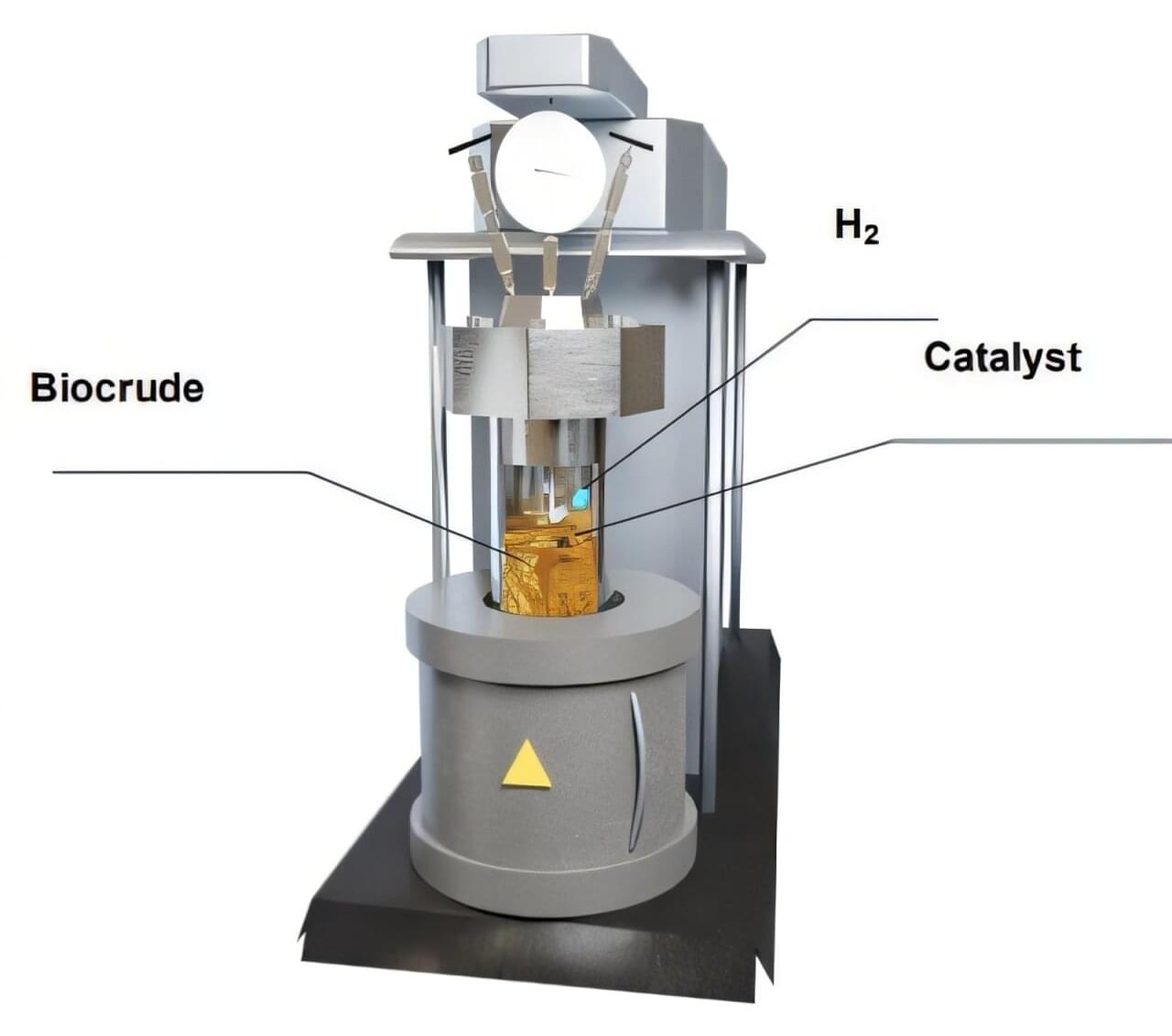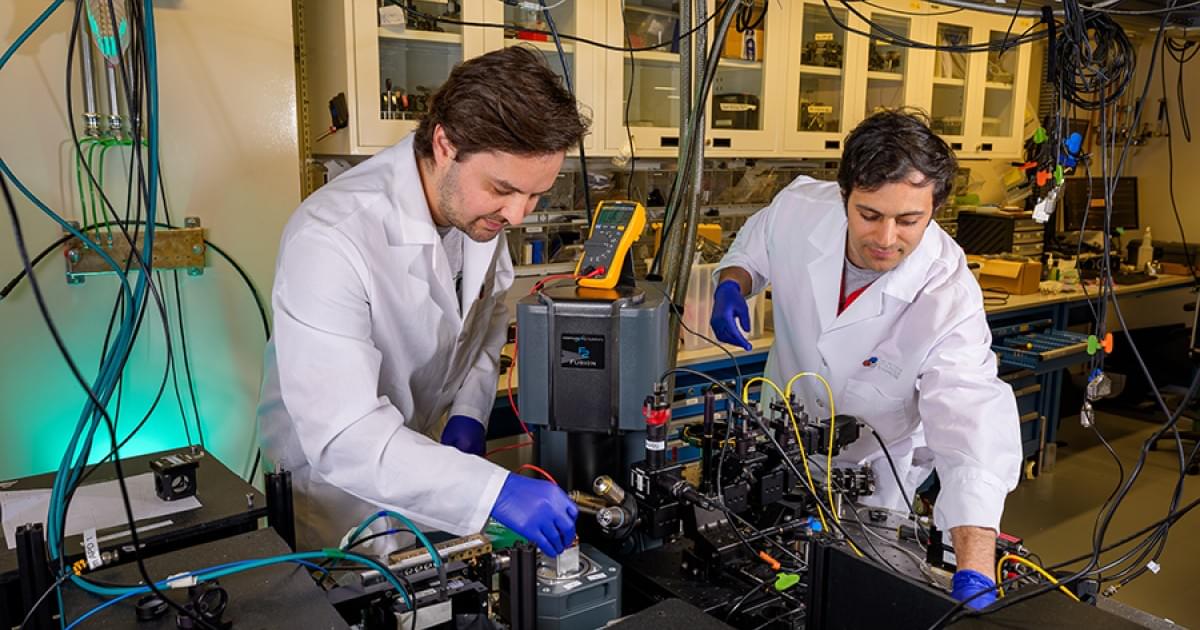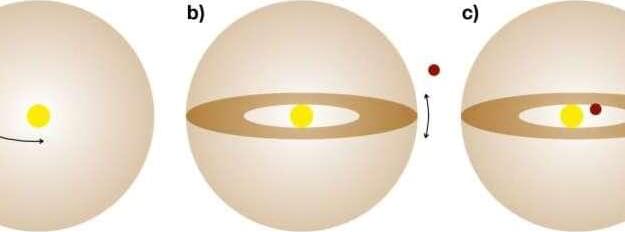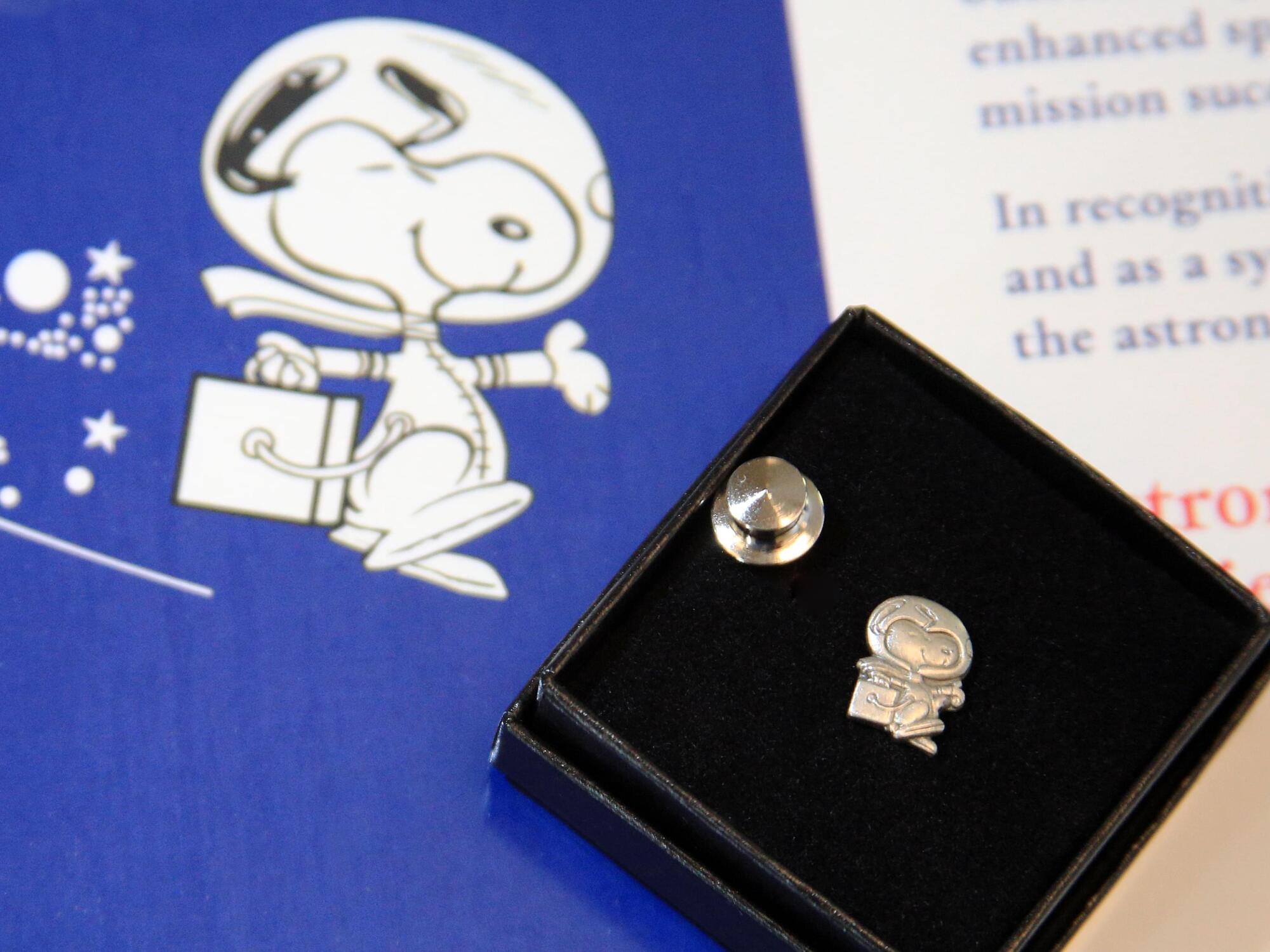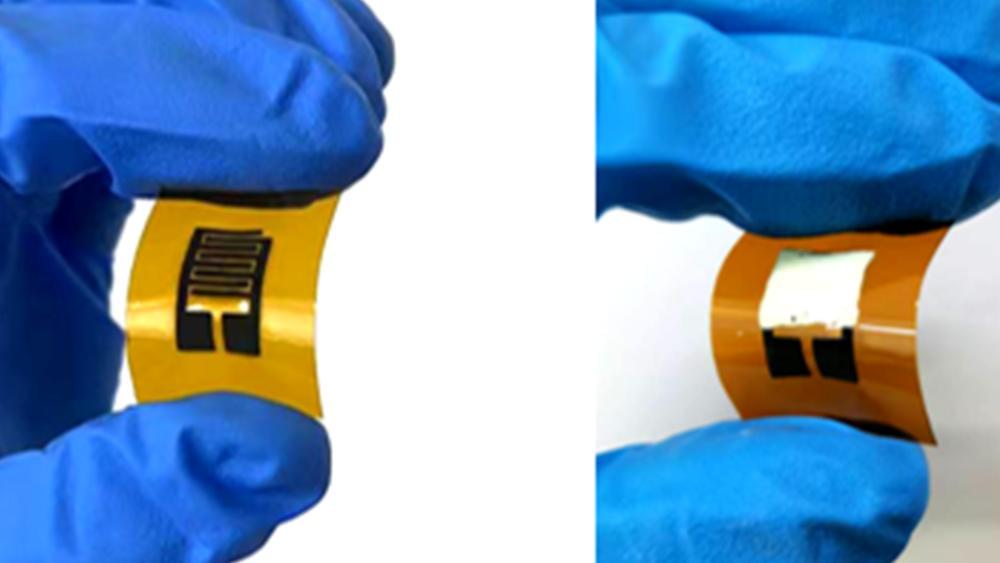For researchers from The Grainger College of Engineering at the University of Illinois Urbana-Champaign, a new avenue for reducing carbon emissions can be found on the side. A side of salad dressing, that is.
In 2020, the United States federal government committed to achieving net-zero carbon emissions by 2050. An important step toward carbon neutrality is embracing sustainable aviation fuel (SAF), an alternative to conventional jet fuel that is made from renewable feedstocks. As part of this initiative, Grainger engineers have been hard at work creating the critical nanocatalysts for converting biocrude oil from food waste such as salad dressing into sustainable aviation fuel.
Hong Yang, a professor of chemical & biomolecular engineering, and Yuanhui Zhang, a professor of agricultural & biological engineering, joined forces to tackle this problem.
